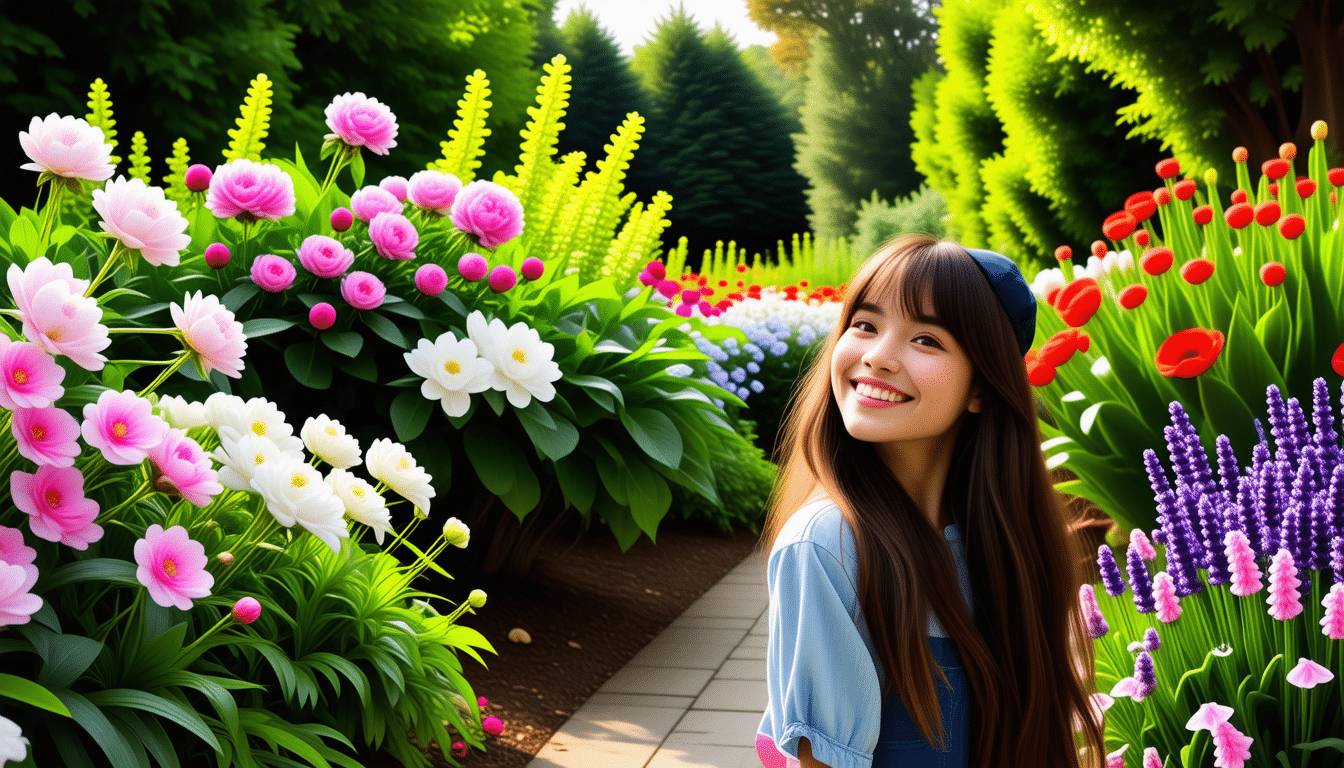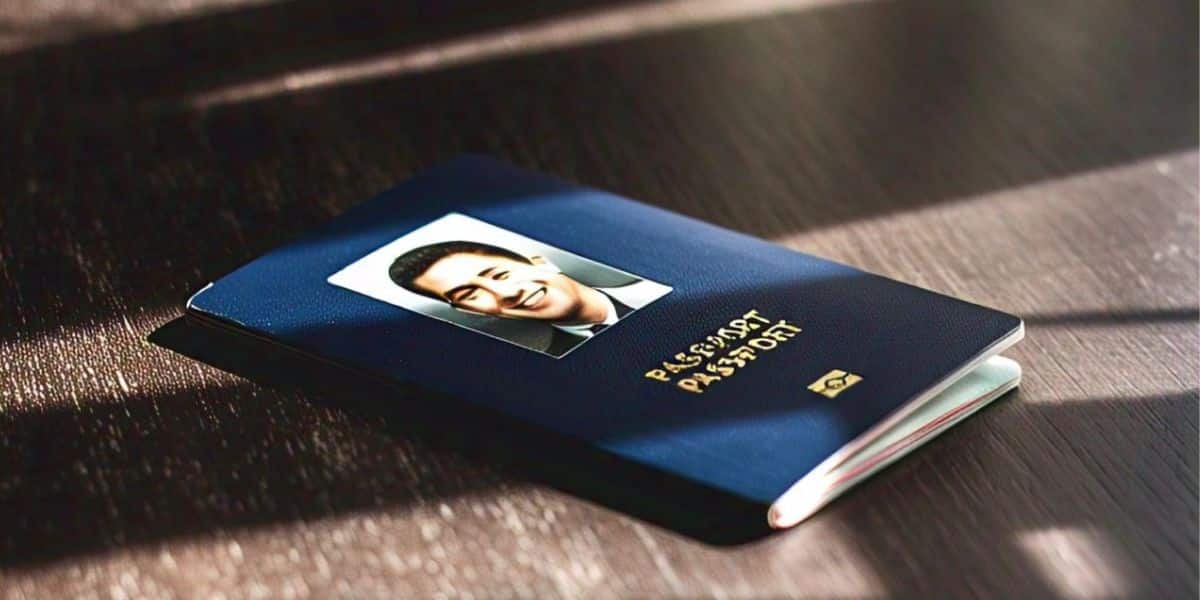Don’t waste your time planting bad seeds—let’s explore how to spot duds instantly. Recognizing the viability of your garden seeds is crucial for ensuring a successful planting season. This article will help you identify seeds that may not germinate and save you the frustration of planting varieties that won’t flourish.
Take a sneak peek at what this article is about
- 🌱 Check seed quality – look for discoloration, cracks, mold, or lightweight seeds to avoid duds.
- 🔬 Test before planting – use a simple germination test with a damp paper towel to check viability.
- 📋 Stay organized – track which seeds thrive and buy from reputable suppliers for better results.
- 🌿 Healthy seeds, thriving garden – recognizing bad seeds early ensures a more productive growing season!
Introduction to Seed Viability
Choosing high-quality seeds is critical for a healthy garden. Seed viability refers to the ability of seeds to germinate and grow into robust plants. Various factors such as age, storage conditions, and the seed variety itself can affect this viability. Learning how to assess your seeds could save you effort, time, and expense in your garden.
Why Bad Seeds Are a Problem
Planting bad seeds leads to wasted resources. You may end up with bare patches in your garden or spend unnecessary time caring for seedlings that never sprout. Old or poorly stored seeds often yield low germination rates, which can hinder your gardening efforts and result in a disappointing outcome. Understanding the signs of bad seeds can make all the difference.
How to Spot Bad Seeds Instantly
Here are some top traits that may indicate whether your seeds are viable or not:
| Bad Seed Traits | Details |
| Discoloration | Seeds should have a vibrant color. Pale or dull seeds may not be viable. |
| Broken Seed Coats | A whole seed coat signifies that the seed is intact. Cracked or broken coats may indicate damage. |
| Softness or Mold | Seeds that feel soft or have visible mold are usually non-viable. |
| Age | Old seeds lose viability over time. Check expiration dates if available. |
| Storage Conditions | Seeds stored in humid or direct sunlight conditions tend to spoil. |
| Weight | Good seeds should feel firm and hefty. Light seeds may indicate poor health. |
| Label Information | Quality seeds come with clear labels detailing their variety and storage information. |
Performing a Germination Test
If you are uncertain about the viability of your seeds, performing a simple germination test can be very enlightening. Take a few seeds from the batch and follow these steps:
- Pre-soak: Some seeds benefit from soaking for a few hours to encourage germination.
- Moist Paper Towel: Place seeds on a damp paper towel and fold it over.
- Check Conditions: Keep the towel in a warm, dark spot.
- Observe: Check after a few days to see if they sprout.
Opening this pathway to germination will allow you to assess if the seeds still possess the energy to grow into healthy plants.
Managing Seed Choices Efficiently
Keeping organized records of your seed choices from season to season is an excellent practice. Note which seeds thrived and which did not to avoid repeating mistakes. Alongside this, purchase seeds from reputable suppliers who provide detailed labeling and information about the seed varieties, ensuring you make informed decisions in your garden.
To foster a productive gardening experience, always cross-verify the germination dates and storage conditions of your seeds. Better informed decisions equal a more prosperous garden.
In conclusion, recognizing and avoiding bad seeds will save you considerable time and effort in the garden. Understanding the signs of a dud seed can elevate your gardening experience and lead to successful growth. Visit us again for more articles on enhancing your home and gardening insights, and don’t hesitate to share the knowledge with fellow gardening enthusiasts!





